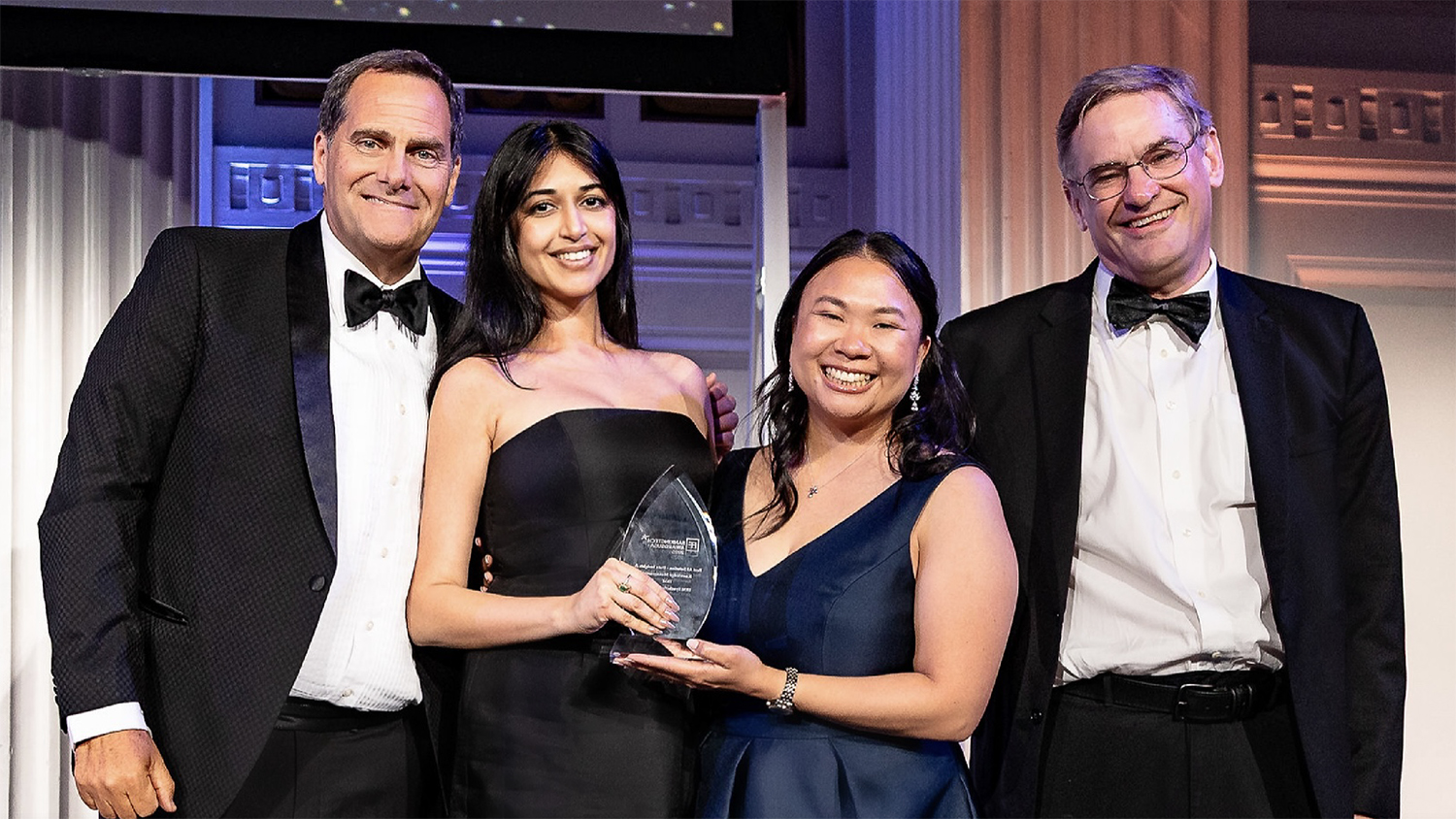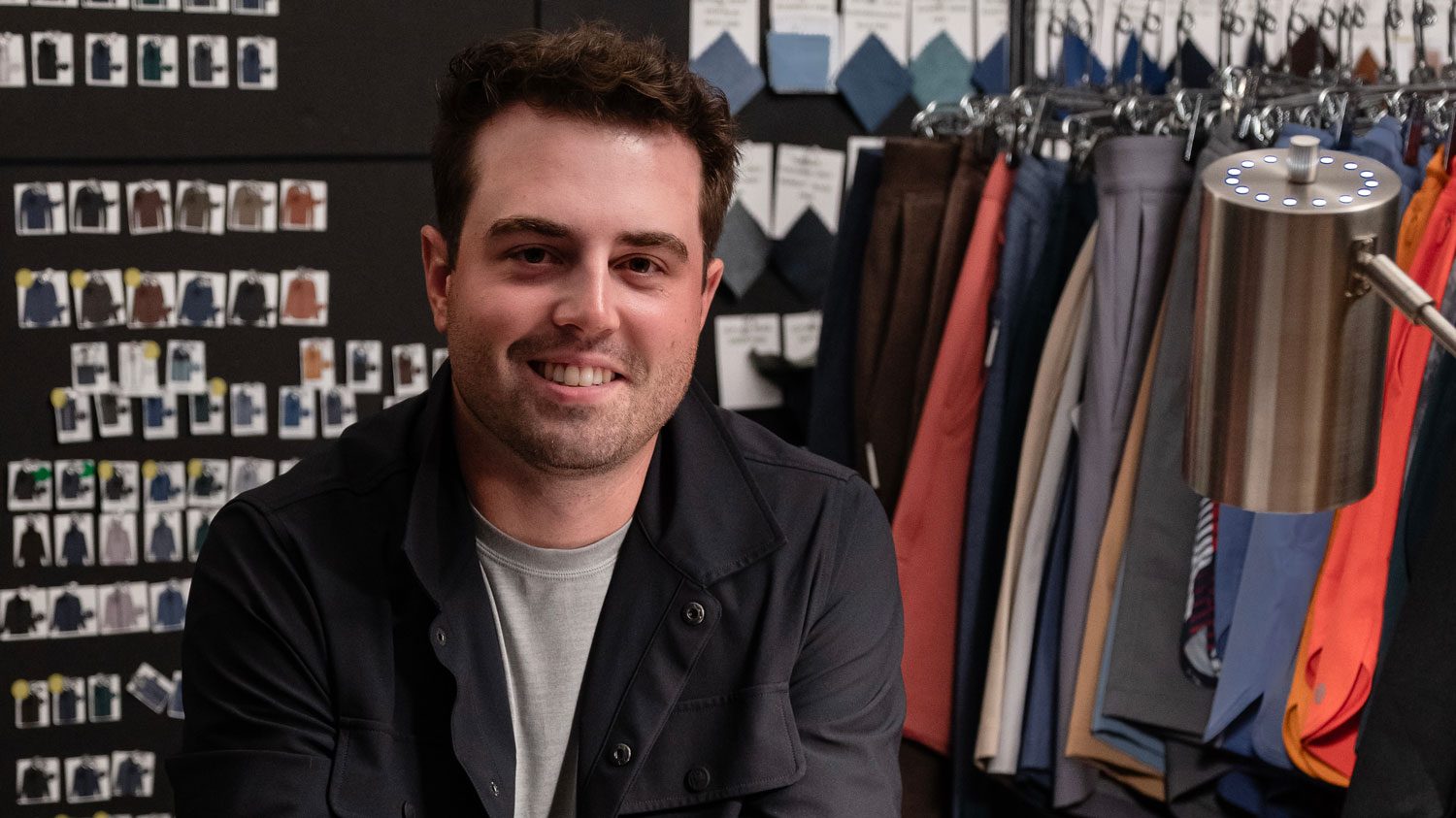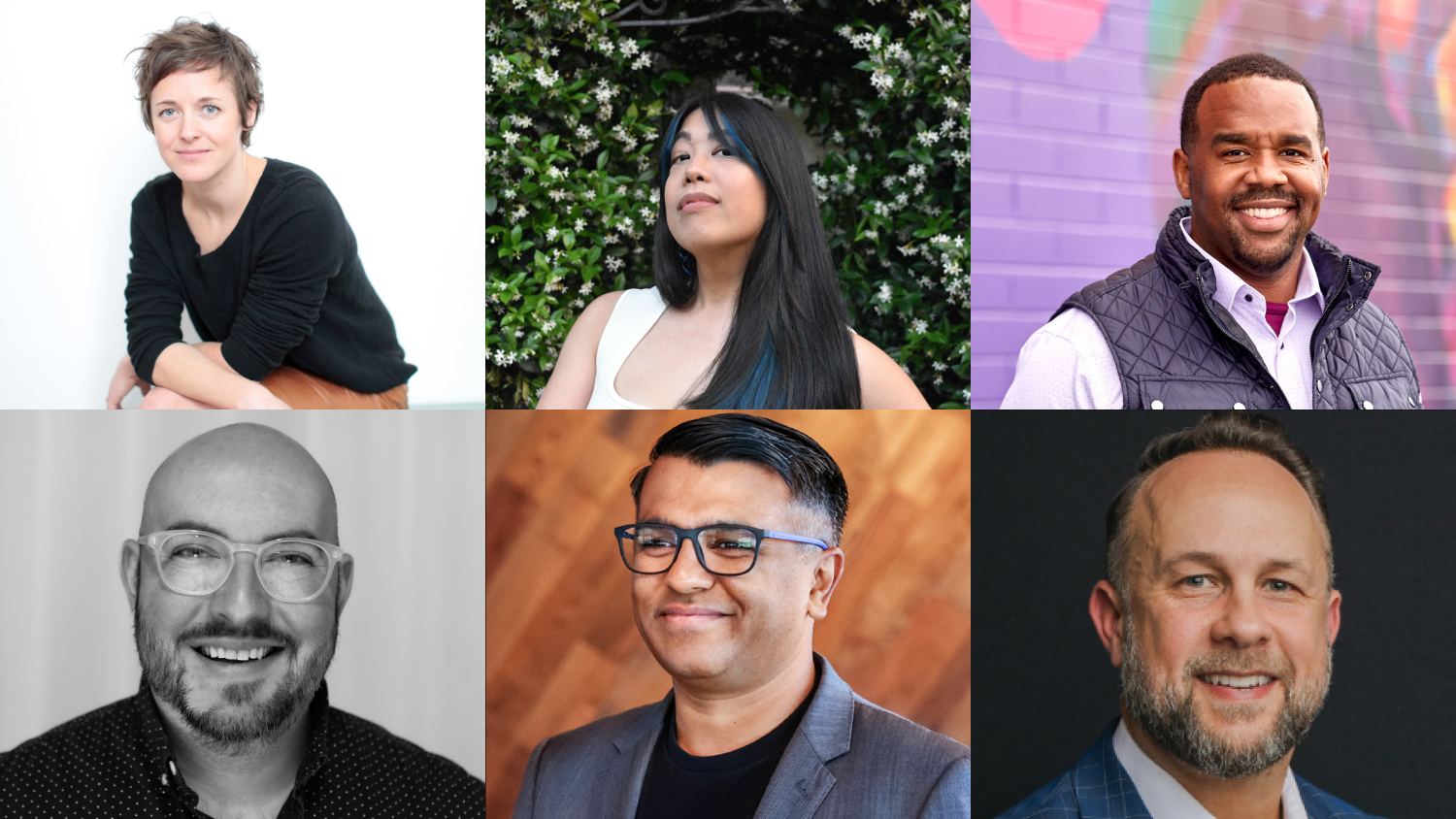IDEOLOGY

“At IDEO we’re in a great position,” says Danny Stillion [‘92 MGD],”Clients are coming to us either at the top of their game and they’re looking for what’s next, or there’s been some disruption and they’re having to reinvent themselves. We’re constantly getting these interdisciplinary teams together to really focus on exactly that.”
Stillion [who served on the College’s Leader’s Council] finds himself constantly in the thick of things as a design director and associate partner at IDEO, where he is intimately involved in a wide variety of projects.“Regardless of the details of any particular design problem IDEO is tasked with, it’s constantly going back to three lenses of design thinking: business viability, technical feasibility and, of course, what’s desirable from a human centered perspective,” he says.
IDEO is a global design consultancy firm entering its third decade with some 550 employees – and work spanning almost any industry you can imagine. Yet they work hard to maintain a company culture focused on people-centered perspectives that remain nimble and highly responsive. Stillion explains, “The interdisciplinary teams generally distil their approach into a few key concepts such as: ‘How do you change the game?’ and ‘How do you innovate through a challenge in the marketplace?’”These phrases dovetail perfectly with the mantra the company has made famous: “How Might We?”
Stillion describes IDEO’s heavily collaborative design approach: “It begins by going out into the world and getting inspired by extreme users and looking at the interesting technologies that are being brought to the table by a range of clients in order to help them come up with a new angle.” The process is nothing if not collective, a quality that is easy to pick up on even without Stillion reciting the disciplines a typical IDEO design production team entails. “It’s business designers, industrial designers, interaction designers, design researchers, electrical/mechanical engineers all coming together to really focus on an issue and break new ground,” he explains. That breadth of interactivity is not what you’d likely encounter in many design offices but it is the most exciting part of the equation for Stillion. “It’s where the magic happens,” he exclaims.
When asked about the top qualities a designer needs to have to be an entrepreneur or game changer, Stillion responds quickly with no shortage of ideas, “For me it always starts with curiosity – especially in the digital realm where things are always changing. Couple that with a passion for your skill and for working with others – I think those are key areas for breaking new ground. Getting out in the world and understanding other people’s frames of mind and the context in which products or services are going to be deployed is really critical as well.”
Current passions for Stillion are his projects in the transportation field. “Right now we’re working on car-sharing perspectives for a large manufacturer – helping them think about how they move from traditional ownership approaches to trends we’re seeing today of shared ownership of vehicles,” he said. “There’s a lot of work in the automotive industry right now. They’re in a kind of Renaissance period.”
When the topic turns to design education, Stillion sees room for improvement extending all the way down to early elementary level design fundamentals. “At IDEO, we’re often finding talent from overseas,” he says, “because they have maintained their culturally-imbued sensitivity for design from their early years. If we can get back to having a bit more of a balanced approach we’ll be better seeding the next generation of designers.” It is easy to see that Stillion has given careful thought to the question before. “I owe my existence as a designer to my fifth grade art teacher,” he reflects. “I’m hoping we can continue to do things at all education levels in the US. Certainly, there are some other things that are already happening at the College of Design involving more disruptive ways to teach in terms of embracing entrepreneurship and the barriers to getting things out as a student today with Kickstarter and other things.
There’s still room for improvement by bridging over more of those types of barriers,” he insists. “Sparking what we can do with young designers and empowering them in different ways are really the bookends for what I’d like to see happening.”
“Design is a way of life and it’s empowering through your creativity. That’s what we’re all about here at IDEO and it’s exciting to see schools like the College of Design bringing up the next generation to allow that to happen.”
- Categories:


